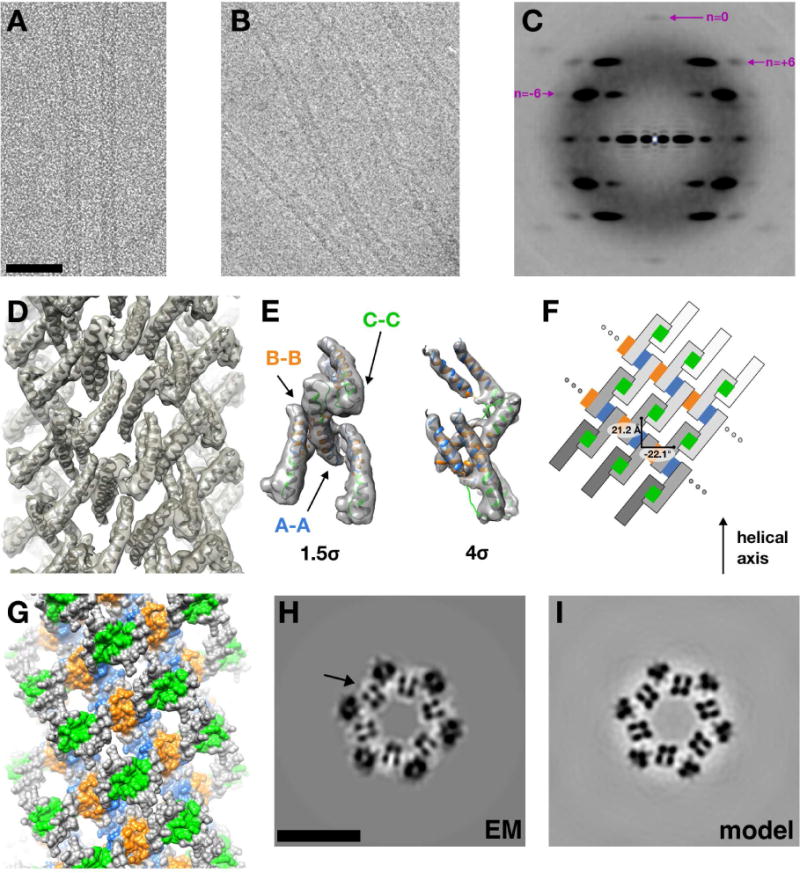Figure 1. Cryo-EM helical reconstruction of HIV Rev filaments, related to Fig. S4.

(A) Representative cryo-electron micrograph of HIV Rev filaments (scale bar = 50 nm).
(B) Cryo-electron micrograph depicting heterogeneous diameter of Rev filaments
(C) An averaged power spectrum, generated from 44,866 filament segments, each 512 pixels long (1.02 Å/px), is shown. The segments were windowed using a 50 pixel translation along the filament axis, diffraction pattern computed for each, and averaged. The Bessel orders are shown for the principal layer lines (n=−6, is at 1/55 Å in reciprocal space and n=+6, at 1/34 Å) as well as the meridional reflection (n=0, at 1/21 Å). Bessel order hand (−, left-handed; +, right-handed) was determined by fitting the crystal structure of individual Rev subunits into the EM density map.
(D) Reconstructed EM density map of HIV Rev filament. The asymmetric unit corresponds to one Rev dimer. The crystal structures of two Rev subunits were docked independently (using UCSF Chimera) and symmetrized with C6 and helical symmetry. Density for the Rev CTD (residues 66–116) is absent, either due to disorder or conformational heterogeneity.
(E) Extracted electron density corresponding to four Rev subunits, showing the presence of A-A, B-B, and C-C oligomerization interfaces. The density is contoured at thresholds of 1.5σ and 4σ to show the fit of α1 and α2 for each subunit.
(F) 2D representation of the helical assembly. The Rev filament displays left-handed and right-handed six-start helices (for which 2 and 3 starts are shown, respectively). Symmetry was imposed along the left-handed helix with an azimuthal rotation of−22.1° and 21.2 Å rise. The A-A, B-B, and C-C interfaces are colored blue, orange, and green, respectively.
(G) Surface representation of the Rev filament, colored as in (E).
(H) Transverse slice through EM reconstruction. The four punctate densities (marked by arrow) that repeat around the filament axis correspond to the four helices in one Rev dimer (scale bar = 10 nm).
(I) Transverse slice (same z-slice as in (G)) through map calculated from docked Rev NTD dimers into EM reconstruction.
